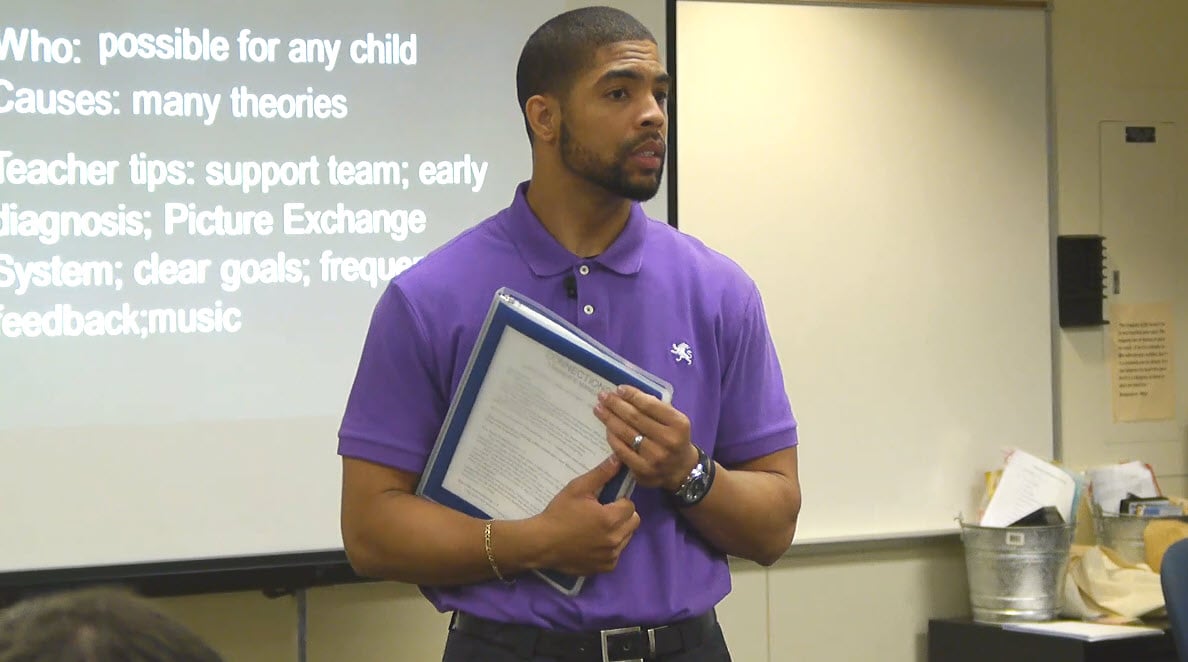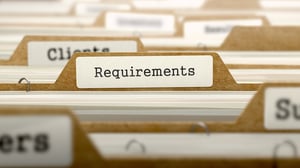



ESL teachers are some of the most sought-after educators in the state of Texas.
In fact, a recent article in the Dallas Morning News pointed out how Texas is desperate for English as a Second Language (ESL) teachers because the number of limited-English speakers in the state had grown by almost 50% over the last 10 years.
ESL teachers play an important role in helping non-native English speakers improve their language skills and integrate into the community. While the focus is often on attracting candidates to work with Spanish-speaking students, there is also a great need for candidates to teach students who are fluent in other foreign languages, including Vietnamese, Chinese and Hindi.
If you are considering a career as a bilingual or ESL teacher, here is what you need to know about the training required in the state of Texas.
 In order to become a Texas teacher, you must first meet any basic educational requirements. This includes becoming certified to teach in Texas.
In order to become a Texas teacher, you must first meet any basic educational requirements. This includes becoming certified to teach in Texas.
To earn certification, you must first have either a bachelor’s degree in education through a university-based program, or you must have a bachelor’s degree in a different field but must enroll in additional training, such as through an alternative teacher certification program.
To meet the requirements for this type of training, the Texas Education Agency (TEA) requires that you must have earned a minimum 2.5 GPA during the course of your bachelor’s degree studies, confirmed in one of two ways:
If you’re currently completing your last semester toward a bachelor’s degree, you can still qualify for enrollment in an alternative teacher certification program. You must provide a copy of your final semester schedule of classes letter from an academic adviser or registrar indicating you are eligible for graduation.
Once enrolled in a teacher training program, the state of Texas requires interns to have 300 hours of online and/or in-person training in order to receive a standard teaching certificate.
This 300 hours of training is designed to prepare an individual on the requirements and demands of a teacher in the classroom.
Of these 300 hours, the state requires that 30 are dedicated to observation of a certified teacher in the classroom environment. This is often called “field-based experience.”
Once accepted into a program, you must take content tests specific to the area you wish to teach. Interns can take the content exams once they have been given permission to take the test.
Every individual must take at least one content test to become certified, and the content test you choose to take may depend on what grade levels you wish to teach. Possible content tests may also include the:
It is important to choose a teaching program that will tailor some of your training to proper preparation for these content tests, as well as work with you to determine the right content tests for your ESL teaching goals.
 Once you become certified and begin teaching in the classroom, it is important to choose an alternative teacher certification program that pairs you with an experienced educator who will guide you through your first year as a teacher.
Once you become certified and begin teaching in the classroom, it is important to choose an alternative teacher certification program that pairs you with an experienced educator who will guide you through your first year as a teacher.
While in-field advisor training is mandated by the state of Texas, it varies from providers on how it gets delivered. In-field advisors who are accessible to you throughout the school year will make periodic classroom visits to observe your teaching and offer feedback so that your training continues.
This is an important, yet often overlooked aspect of training that is essential for long-term success, since a lack of guidance during the early months of a new teacher’s journey is often the reason for not sticking with the profession.
One final component of required training for ESL teachers comes after becoming certified.
All teachers are required to complete 150 hours of continuing professional education (CPE) every five years. It’s important to note that even if you hold classroom certificates in addition to your ESL certification, no more than 150 CPE hours are required.
For reference, those who have professional certificates must complete 200 hours of continuing professional education every five years. These include superintendents, principals, school counselors, learning resource specialists, reading specialists, educational diagnosticians and master teachers.
Navigating the complicated process of becoming a teacher is difficult enough. Making sure you are getting all the required training … before you become an ESL teacher and after … can feel daunting.
Finding the right partner in a high-quality alternative teacher certification program that will stay by your side during your entire journey is the key to success.
Topics: Teacher Training
Micah is the Director of Curriculum & Technology. He holds a Bachelor of Arts in British Literature, from the University of North Texas and a Master of Arts in Teaching, from Louisiana College. In his previous career, Micah served for 14 years as a banker and bank manager. For the majority of this period, Micah managed the Downtown Fort Worth location of Frost Bank. In 2005, Micah finally surrendered to his true calling to be an educator. After a brief, but fulfilling term teaching high school English at Flower Mound High School in Lewisville ISD, Micah went to work for the family business, training teachers.
7166 Baker Blvd., Suite B · Richland Hills, Texas 76118
Phone 817-284-7731 | Fax 817-284-3396
Login | Make Payment | ECAP Handbook | Privacy Policy | Pricing
YOUR COMMENTS